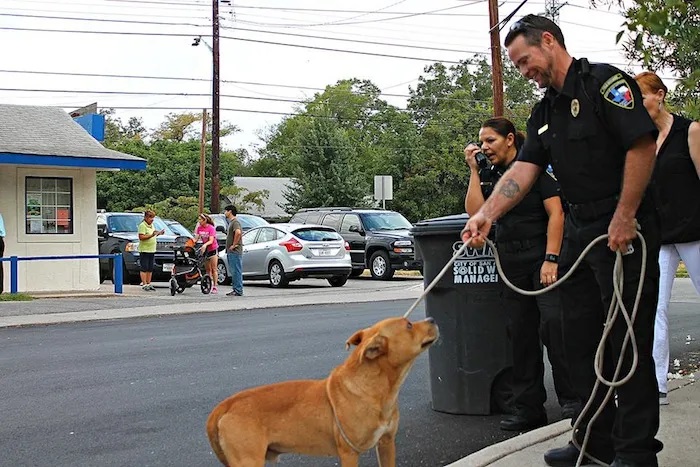In recent years, the coexistence of humans and wildlife, particularly urban coyotes, has become an increasingly complex challenge in San Antonio. As the city expands and urban spaces encroach upon natural habitats, the need for effective and humane urban coyote management is evident. This extended review aims to delve deeper into the multifaceted aspects of managing urban coyote populations by animal control san antonio , exploring challenges faced by animal control authorities and proposing comprehensive solutions to foster harmonious coexistence.
a. Human-Coyote Conflicts:
Impact on Public Perception: Investigate how human-coyote conflicts influence public perception and attitudes towards these wild canids. Understanding the public’s concerns and fears is crucial for designing targeted outreach and education programs.
b. Understanding Coyote Behavior:
Social Structure and Adaptability: Delve into the social structure of urban coyote populations and their remarkable adaptability to urban environments. Consider factors such as denning sites, territorial behavior, and the role of natural resources in shaping their habits.
c. Public Awareness and Education:
Community Engagement Programs: Explore successful models of community engagement, including school programs, neighborhood workshops, and digital media campaigns, aimed at fostering an informed and coexisting community.
d. Regulatory Measures and Policy Implementation:
Review of Existing Policies: Conduct a detailed review of existing policies governing urban coyote management in San Antonio. Assess the adequacy of these regulations and propose amendments or new measures to address emerging challenges.
e. Collaboration with Wildlife Experts:
Scientific Research Integration: Emphasize the importance of collaboration between animal control authorities and wildlife biologists. Highlight how ongoing scientific research can inform management strategies, providing real-time data on coyote behavior and population dynamics.
f. Non-Lethal Management Techniques:
Holistic Non-Lethal Approaches: Expand the discussion on non-lethal management techniques, considering the ecological implications and ethical considerations of methods such as hazing, habitat modification, and the use of deterrents.
g. Community Reporting and Data Collection:
Citizen Science Initiatives: Advocate for the implementation of citizen science initiatives, encouraging residents to actively participate in reporting coyote sightings and conflicts. Explore how such data collection can enhance the precision of management strategies.
Conclusion:
Successfully managing urban coyote populations in San Antonio necessitates a holistic and collaborative approach. By understanding the behavioral ecology of coyotes, implementing effective public awareness campaigns, revisiting and refining existing policies, collaborating with wildlife experts, and embracing non-lethal management techniques, animal control authorities can work towards striking a balance that ensures the well-being of both human communities and urban wildlife. Through ongoing evaluation and adaptive strategies, animal control San Antonio can serve as a model for harmonious coexistence in urban ecosystems.




